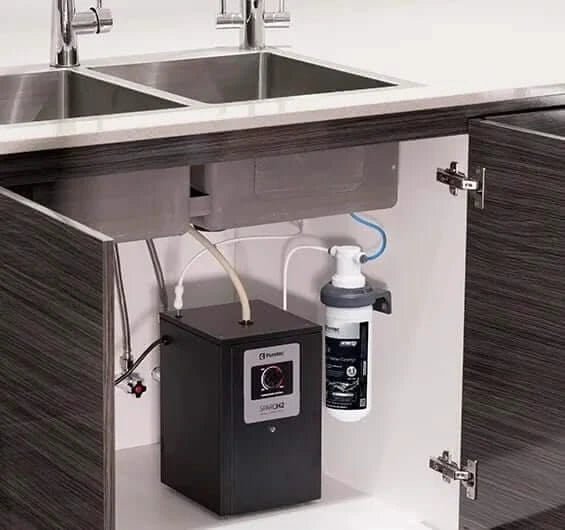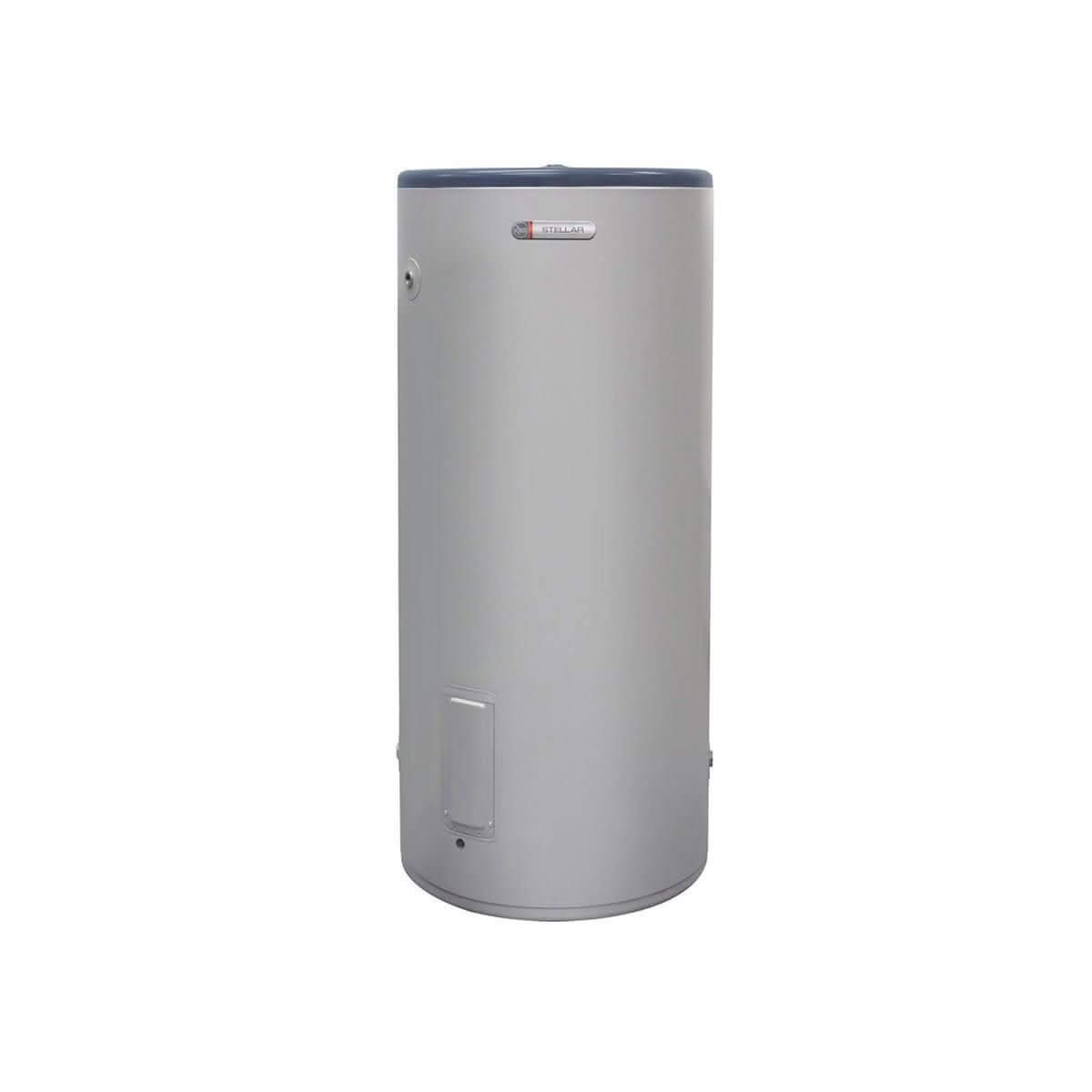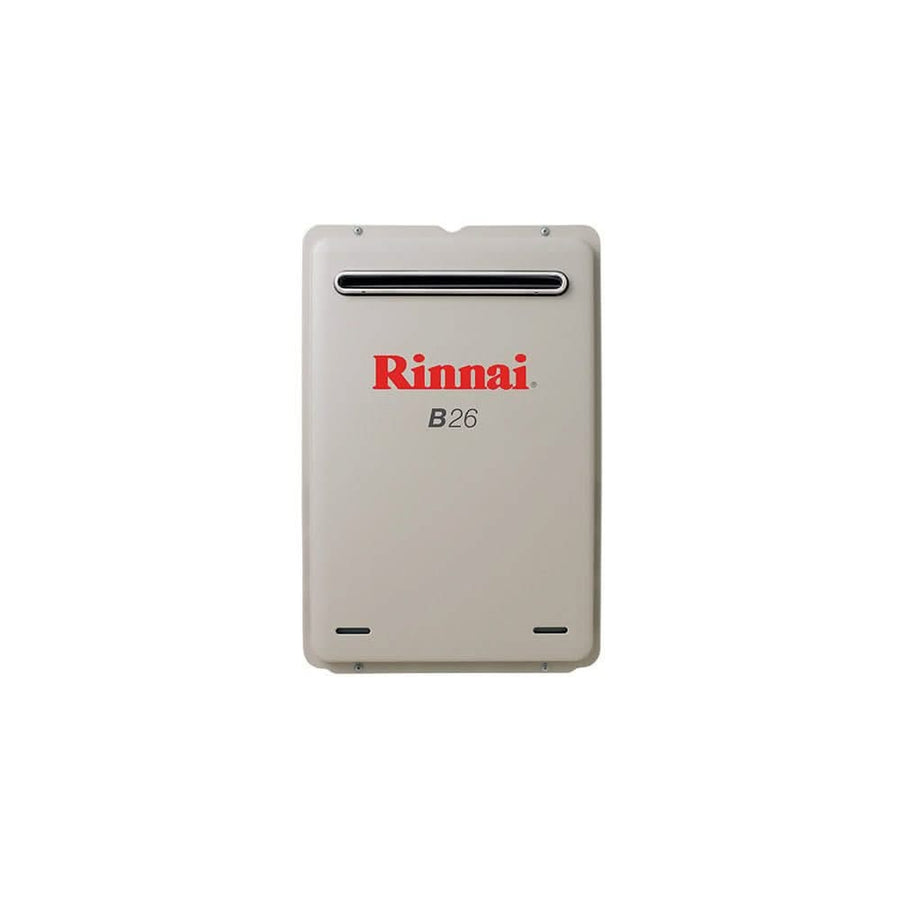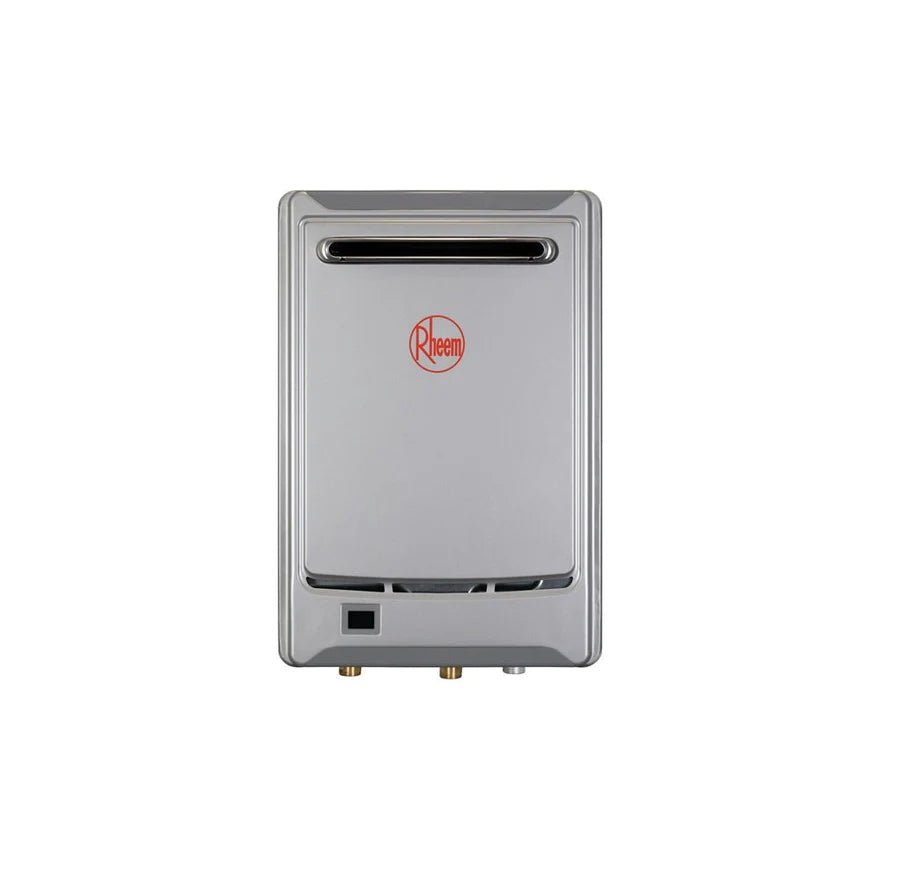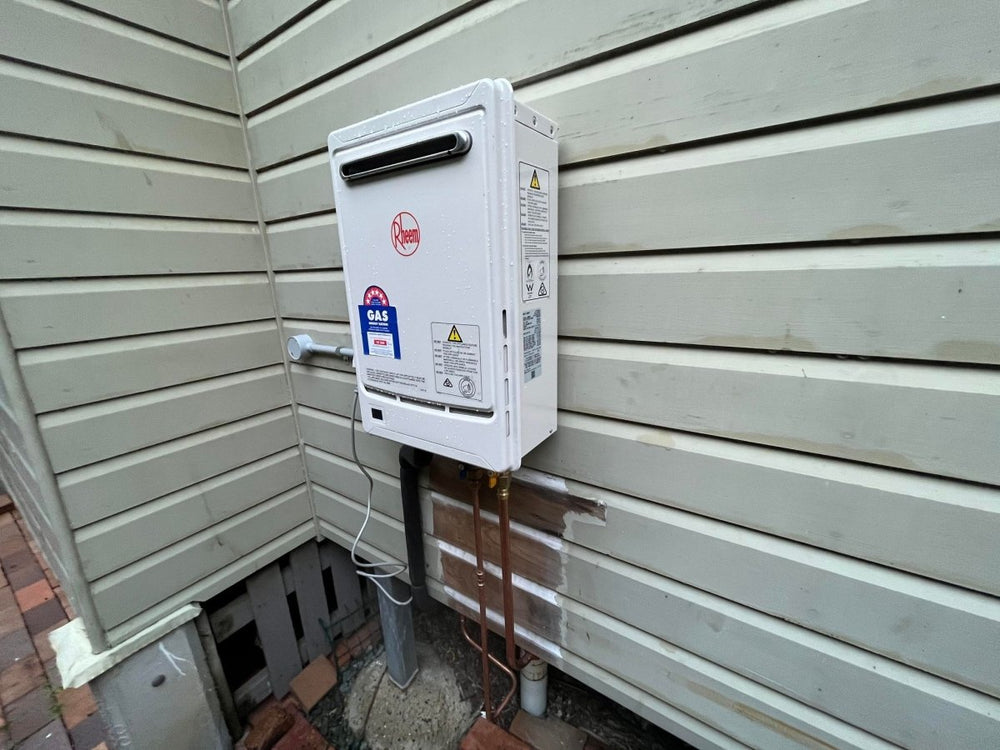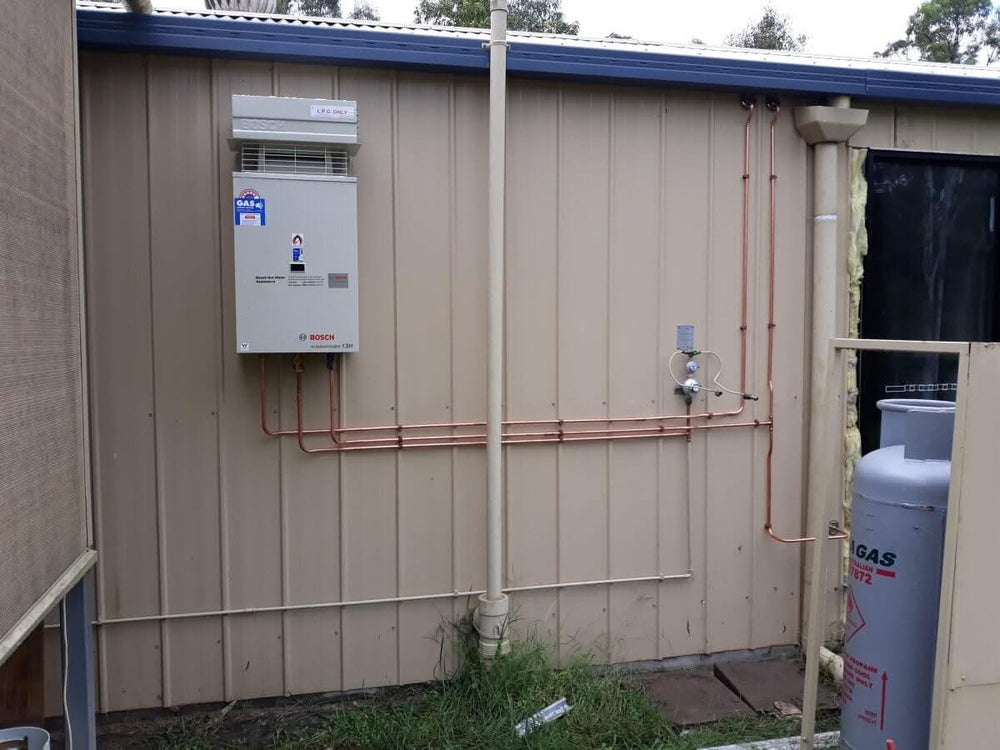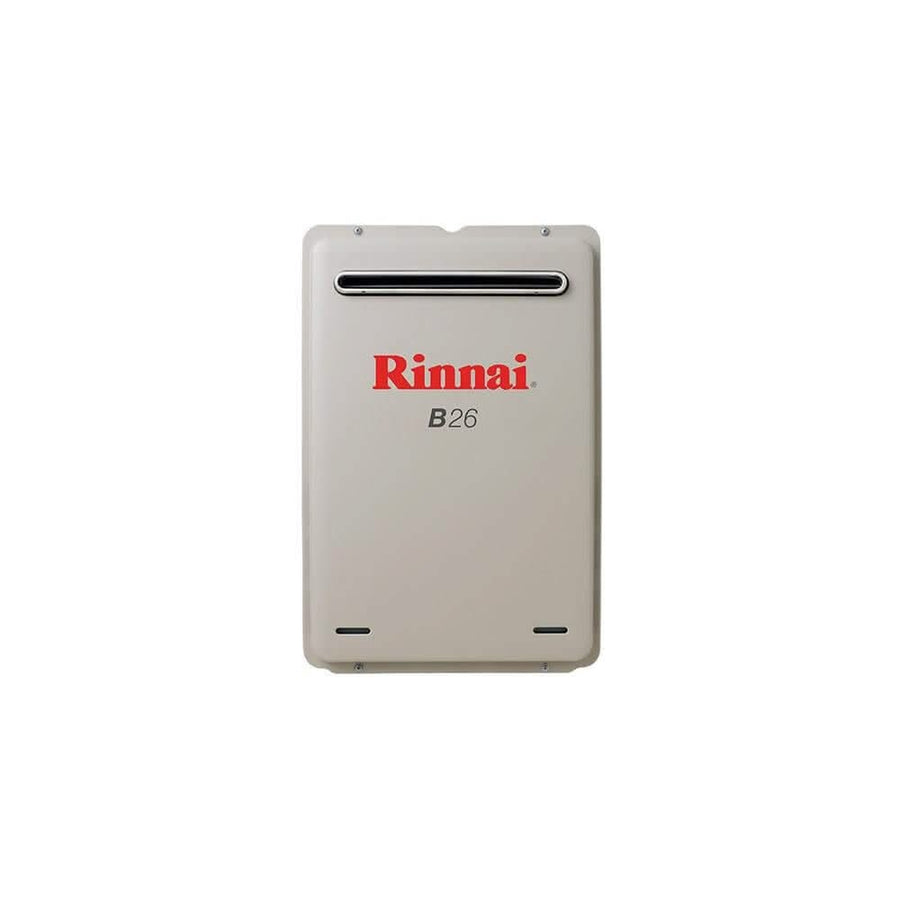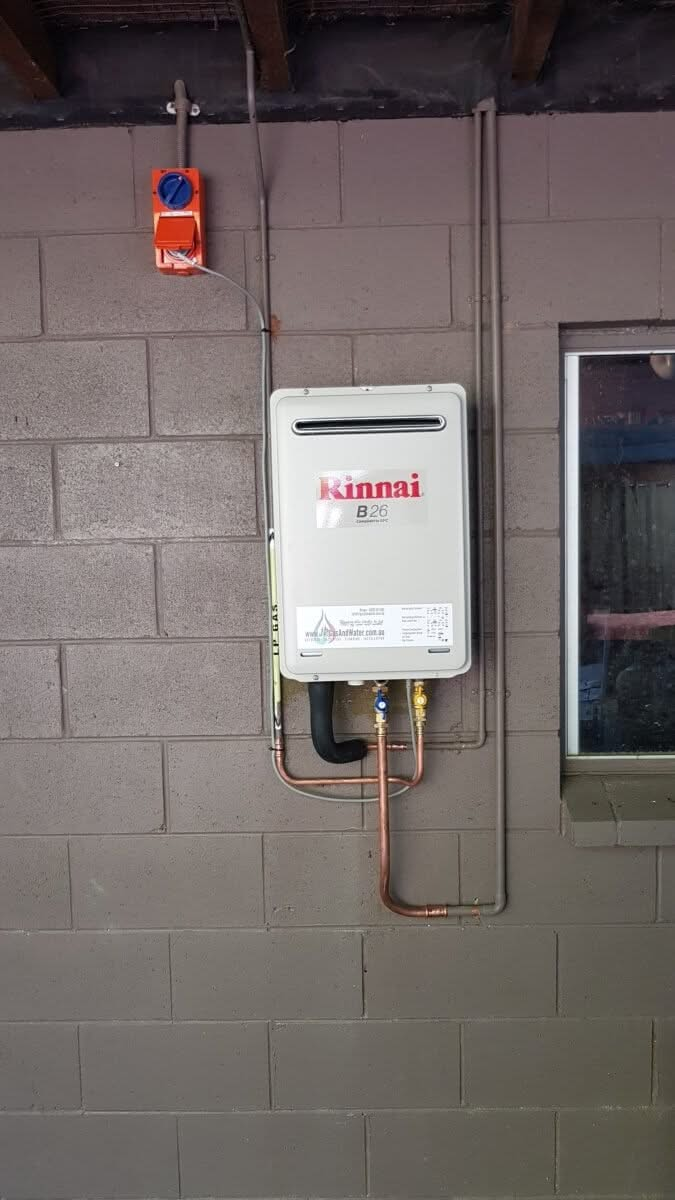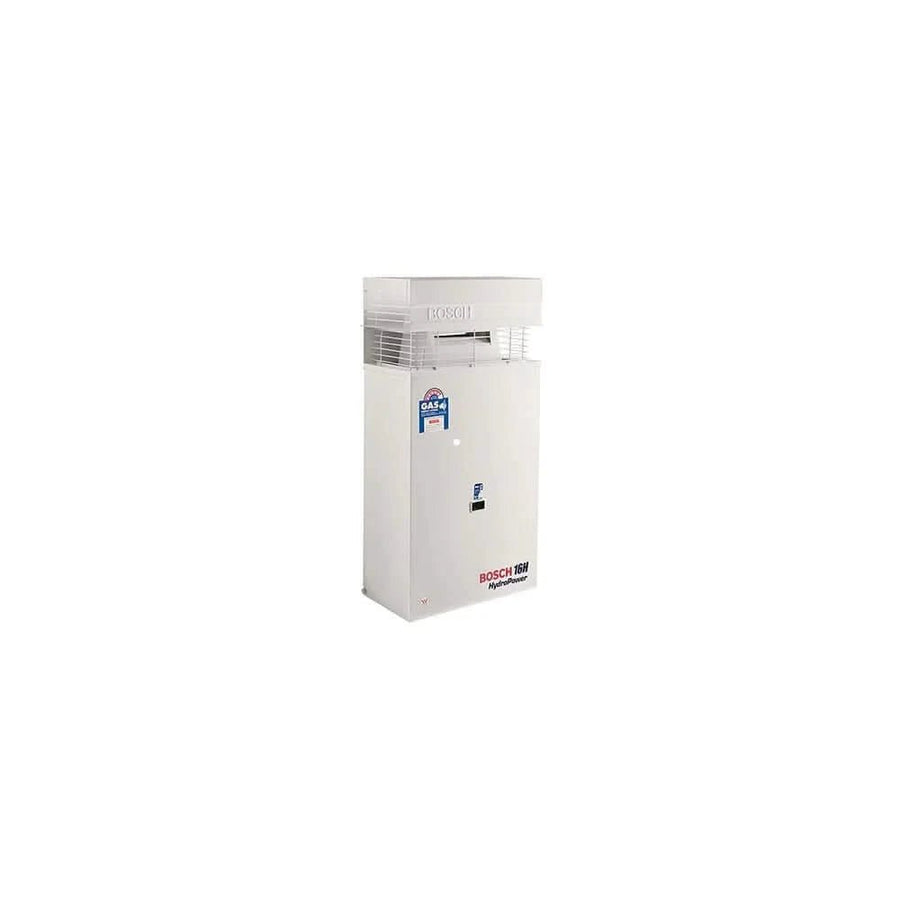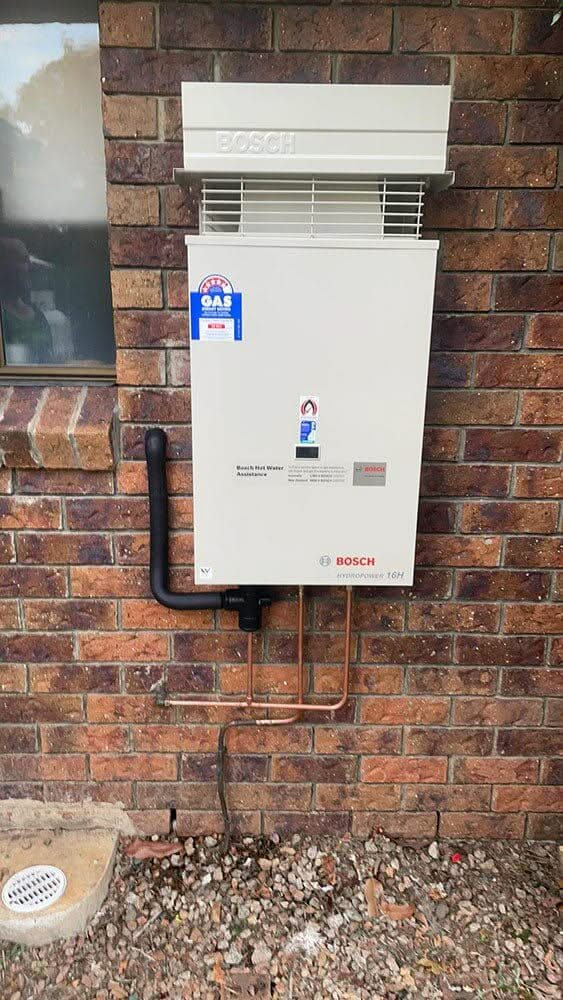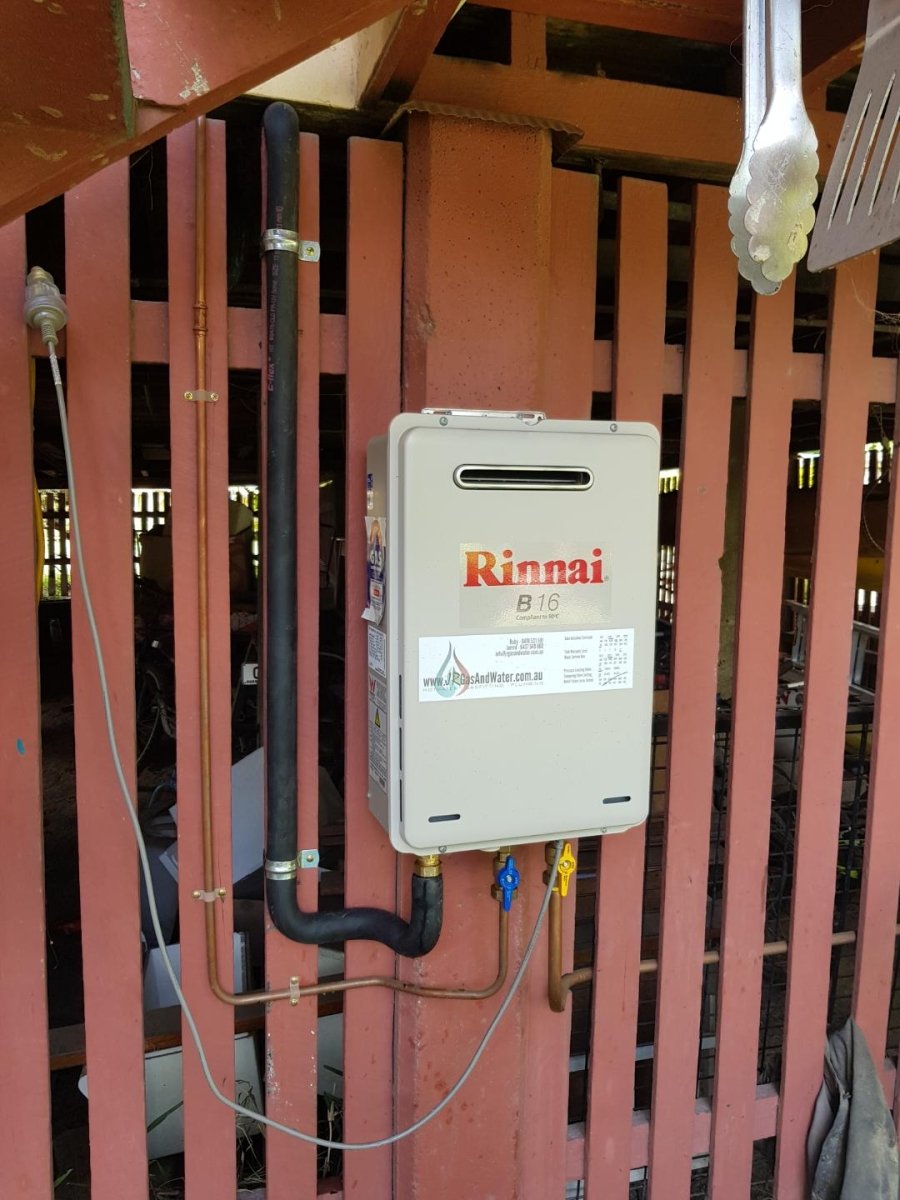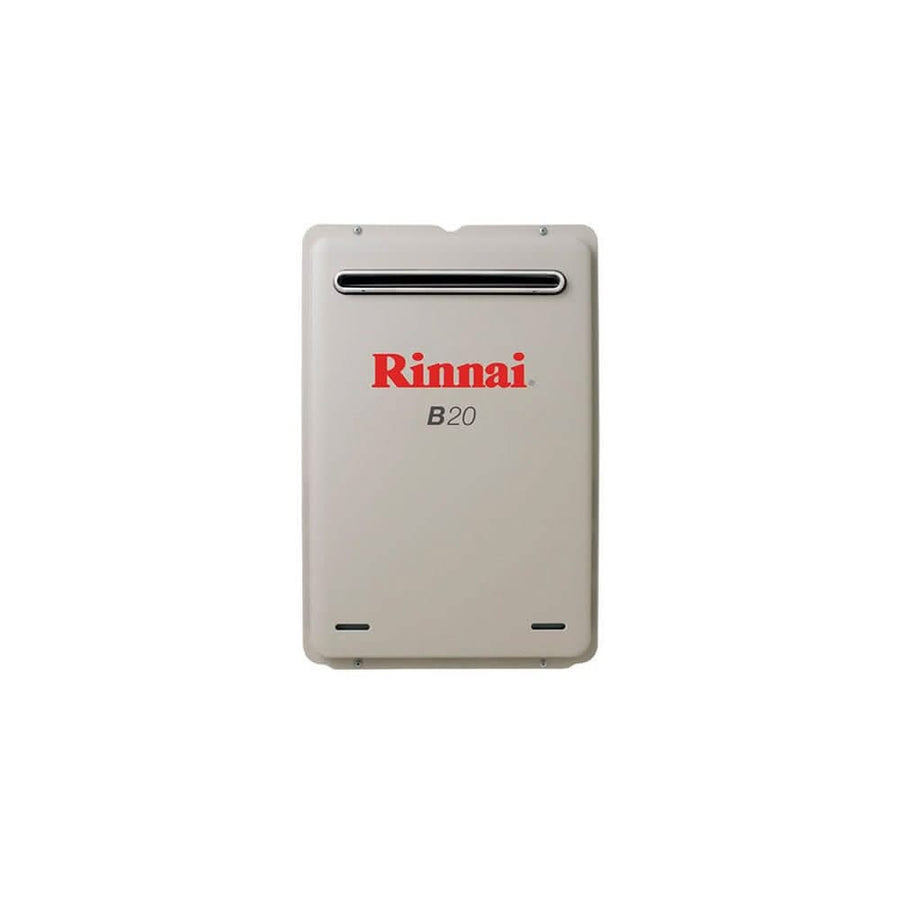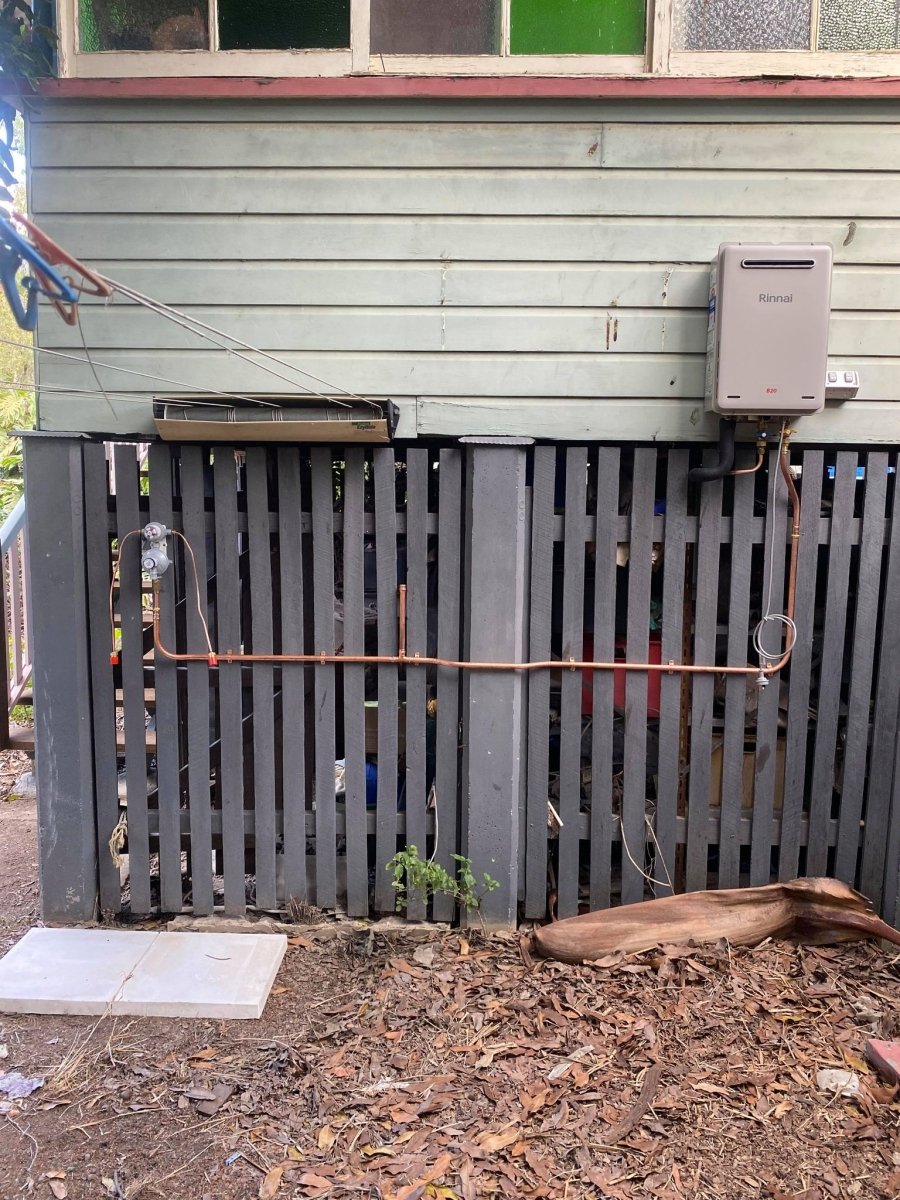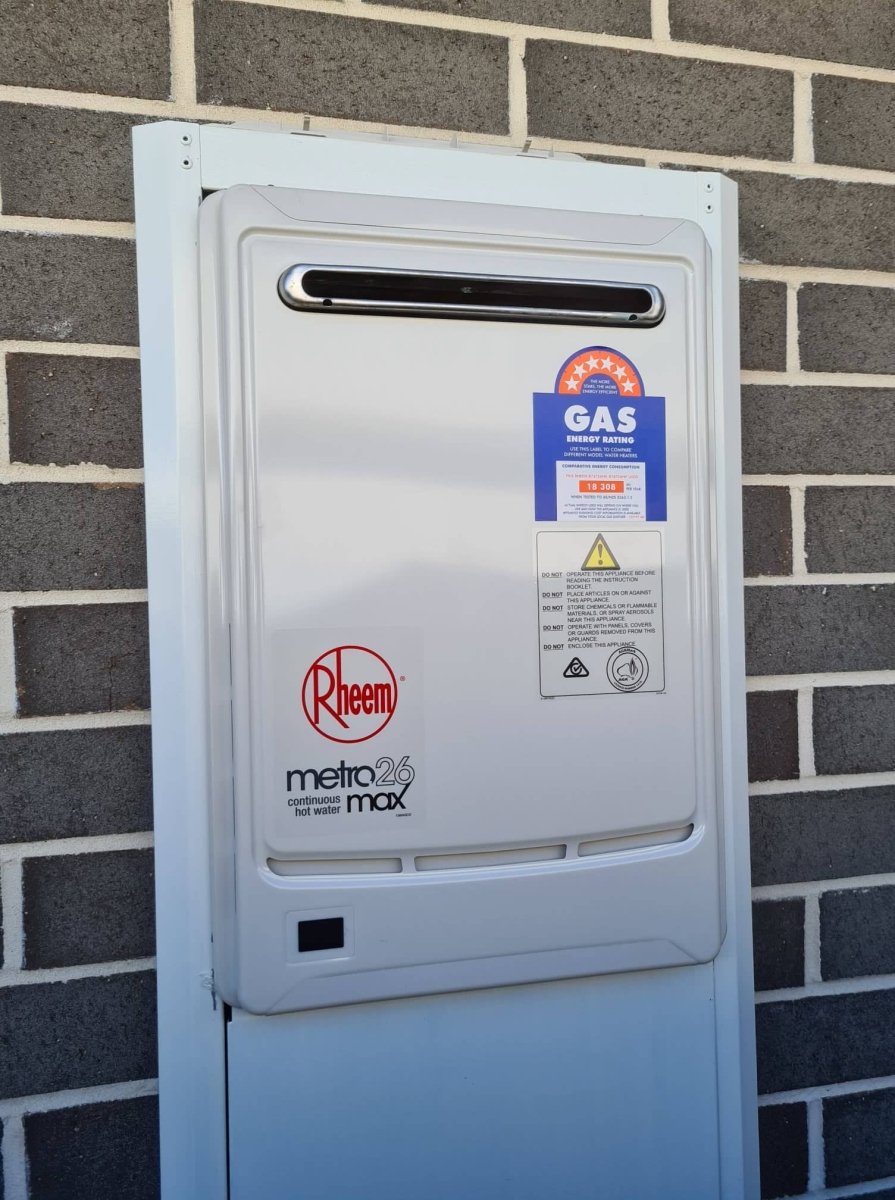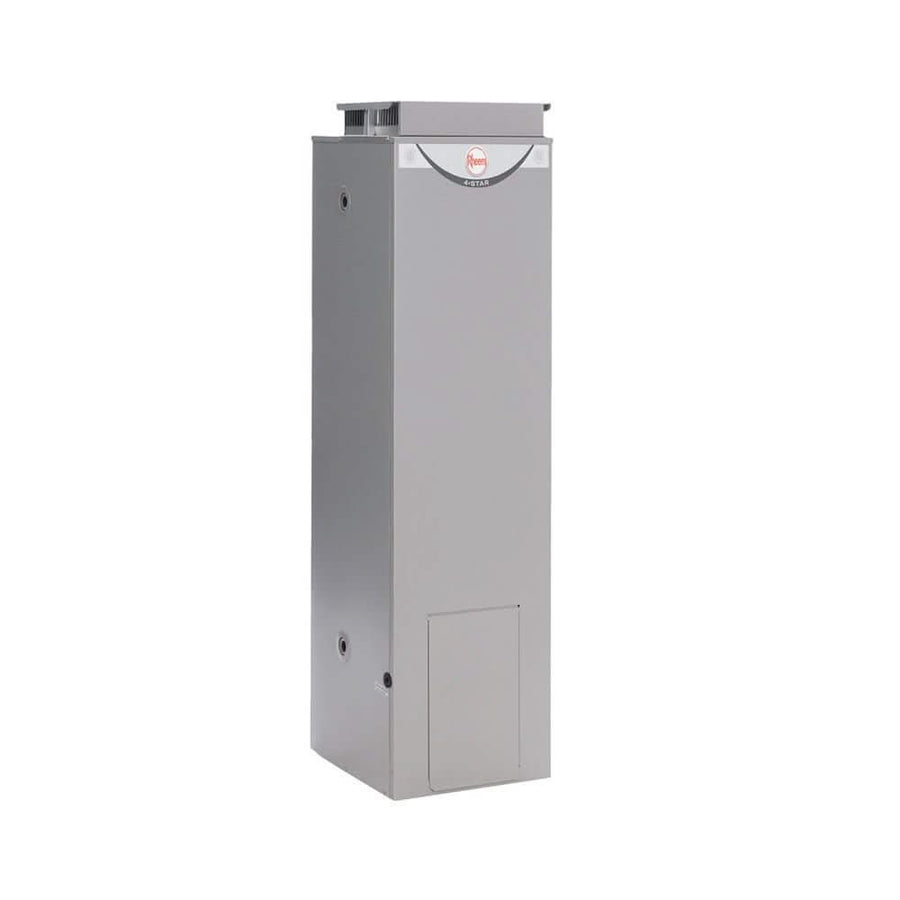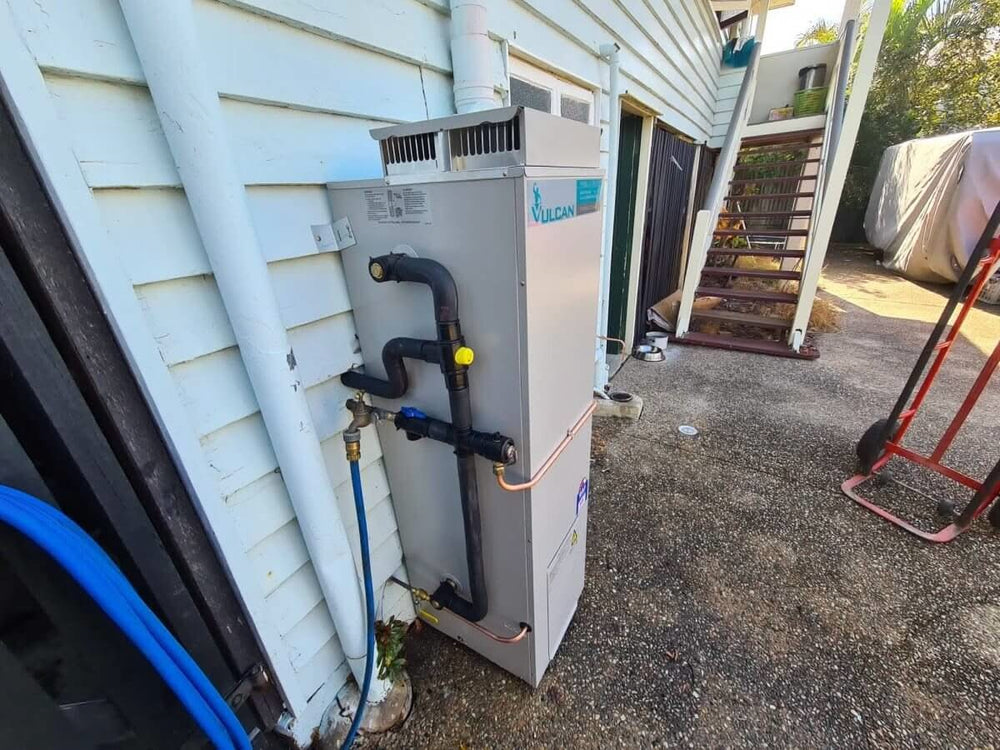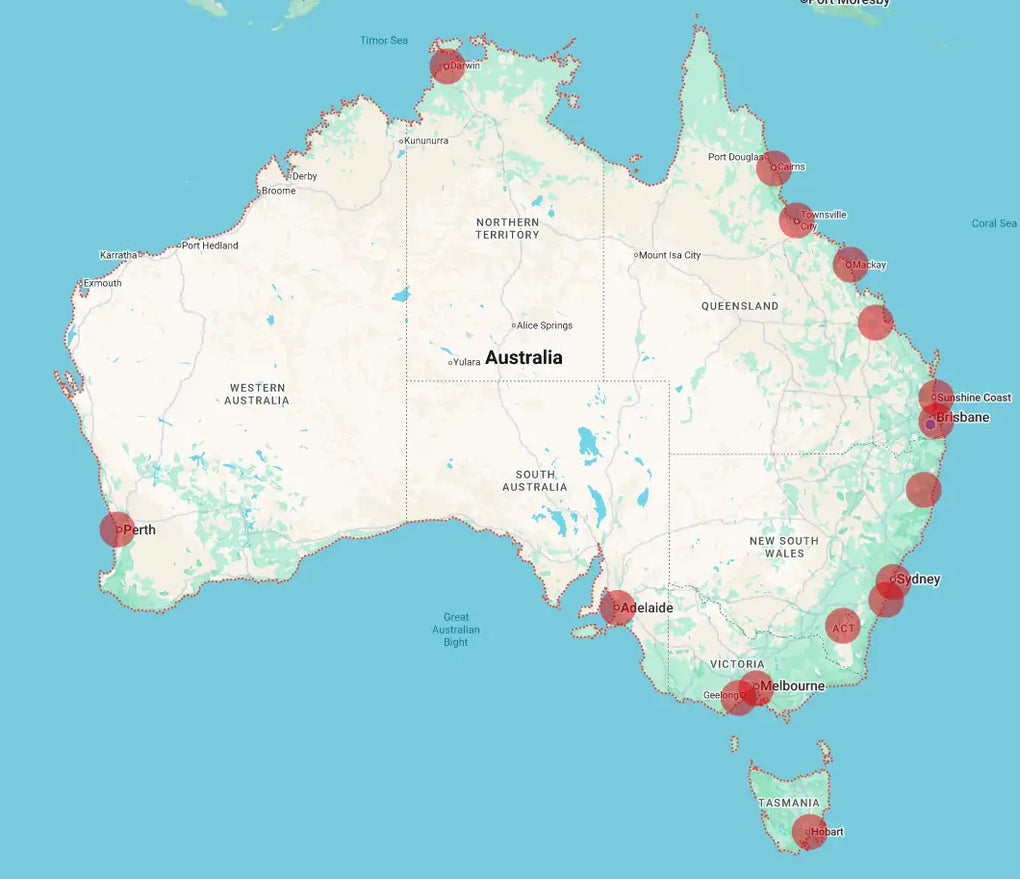Infinity Water Systems Reviews: Comprehensive Review of Rinnai Infinity 26 Hot Water System
Is the Rinnai Infinity 26 Worth It? A Critical Review & Long-Term Performance Analysis
If you're considering a tankless hot water system, the Rinnai Infinity 26 is often recommended for its efficiency, longevity, and energy savings. But does it really deliver on its promises? In this review, we examine the real-world performance of the Infinity 26, based on both customer experiences and long-term case studies.
Key Takeaways:
-
Highly energy-efficient with a 6-star rating, saving on gas bills over time.
-
Lifespan of up to 20 years with proper maintenance.
-
Precise temperature control for a consistent and safe hot water supply.
-
Requires professional installation to avoid underperformance.
-
Regular servicing (every 2 years) is necessary to maintain efficiency.
Rinnai Infinity 26 Overview
The Rinnai Infinity 26 is a continuous flow gas hot water system, meaning it heats water only when needed, eliminating the need for a storage tank. This system is particularly suited for small to medium-sized homes (1-2 bathrooms) and is designed for outdoor installation.
Key Features:
✔ Energy-efficient: 6-star energy rating, reducing gas consumption. ✔ Compact & sleek design: Saves space compared to storage systems. ✔ Precise temperature control: Set temperatures for safety and comfort. ✔ Reliable performance: No heat exchanger failures reported in units under 14 years old in domestic use. ✔ Australian climate suitability: Built to withstand varying temperatures.
How the Rinnai Infinity 26 Works
The Rinnai Infinity 26 is a marvel of modern engineering, designed to provide a continuous flow of hot water on demand. Unlike traditional storage systems, this hot water system heats water only when you need it, thanks to its advanced heat exchanger technology. As water flows through the system, a gas burner ignites, heating the water instantly. This process ensures that you have a constant supply of hot water without the need for a bulky storage tank.
One of the standout features of the Rinnai Infinity 26 is its sophisticated temperature control system. This allows you to set the exact temperature you desire, ensuring a comfortable and safe hot water experience every time. The system also includes built-in water controllers, giving you the flexibility to adjust both the temperature and flow rate to suit your needs.
Designed with efficiency in mind, the Rinnai Infinity 26 boasts a 6-star energy rating, making it one of the most energy-efficient hot water systems on the market. Its compact design is perfect for households with limited space, and its low gas usage means you’ll save on energy bills while reducing your environmental footprint. Whether you’re taking a shower or washing dishes, the Rinnai Infinity 26 ensures you have hot water at the perfect temperature, whenever you need it.
Installation & Setup
Proper installation is crucial to getting the best performance out of the Rinnai Infinity 26. Key factors include:
-
Correct gas and water pipe sizing to ensure proper flow and pressure.
-
Positioning the unit near water outlets to reduce lag time.
-
Proper ventilation to prevent exhaust buildup. The importance of a tempering valve cannot be overstated, as it ensures safety and compliance with regulatory standards when operating temperatures exceed 60°C.
-
Professional installation is recommended to avoid issues.
💡 Installation cost: Typically around $1,599 fully installed. Installation costs generally range between $1200 and $2000, making it a competitive option in the market.
Performance & Long-Term Case Study
A real-world case study from a Sydney home installed in 2001 and reviewed in 2022 showed:
-
Reliable performance over 20+ years with regular servicing.
-
No major breakdowns, except for minor part replacements. Rinnai offers a standard 3-year parts and labour warranty for their Infinity Continuous Flow Hot Water systems, enhancing customer assurance regarding durability and reliability.
-
Gas bills reduced by 30% compared to a storage system.
-
Hot water supply remained consistent, even in winter.
Energy Efficiency & Cost Savings
Compared to traditional storage tanks, the Rinnai Infinity 26 provides:
-
Lower gas usage (heats water only when needed).
-
Estimated savings of $200-$500 per year in energy costs.
-
Eco-friendly features (reduced greenhouse gas emissions).
However, solar hot water systems or heat pumps may offer even greater savings in the long run, depending on the household's usage and climate.
Safety Features and Certifications
Safety is a top priority for the Rinnai Infinity 26, which is why it comes equipped with a range of safety features and certifications. This hot water system is certified to Australian Standard AS 3498, ensuring it meets the highest safety standards for gas hot water systems. One of the key safety features is the built-in safety valve, which prevents the system from overheating and causing potential damage.
In addition to the safety valve, the Rinnai Infinity 26 includes a thermal cut-off switch. This switch automatically shuts off the system if it detects overheating, providing an extra layer of protection. The system also features a gas leak detector, which alerts you to any potential gas leaks, ensuring your home remains safe.
The Rinnai Infinity 26 is designed to be user-friendly, with clear installation instructions and a comprehensive user manual. This makes it easier for professionals to install and maintain the system, ensuring it operates safely and efficiently. With these robust safety features and certifications, you can have peace of mind knowing that your hot water system is both safe and reliable.
Maintenance & Common Issues
Regular Maintenance (Every 2 Years):
✅ System flushing to prevent mineral buildup. ✅ Burner inspection & cleaning to maintain efficiency. ✅ Check for gas leaks and inspect the pressure relief valve. ✅ Service from a licensed technician to ensure peak performance.
🚨 Common Issues Reported:
-
Inconsistent water temperature → Usually caused by incorrect installation or water pressure fluctuations.
-
Slight delay in hot water delivery → Can be minimized by installing closer to outlets.
-
Noise complaints (Rinnai B26 model) → Placement away from living areas is recommended.
Customer Reviews and Feedback
The Rinnai Infinity 26 has garnered positive reviews from customers who appreciate its efficiency, reliability, and ease of use. Many users have reported significant savings on their gas bills, attributing this to the system’s low gas usage and high energy efficiency. The ability to provide a constant supply of hot water, even in larger households, has been a standout feature for many.
Customers have also praised the system’s user-friendly design, particularly the built-in water controllers that allow for easy temperature adjustments. However, some users have encountered issues with the installation process. These concerns have generally been addressed promptly by Rinnai’s customer support team, ensuring that any installation hiccups are resolved quickly.
Overall, the Rinnai Infinity 26 has built a strong reputation as a reliable and efficient hot water system. Its ability to deliver consistent hot water, coupled with its energy-saving features, has made it a popular choice among homeowners. Many customers have recommended the Rinnai Infinity 26 to friends and family, further cementing its status as a top-tier hot water system.
Environmental Impact
The Rinnai Infinity 26 is designed with the environment in mind, offering a range of features that minimize its ecological footprint. One of the most significant environmental benefits is its low gas usage, which not only saves you money but also reduces greenhouse gas emissions. With a 6-star energy rating, this hot water system is one of the most efficient options available, making it an excellent choice for eco-conscious households.
The compact and space-saving design of the Rinnai Infinity 26 also contributes to its environmental friendliness. By requiring fewer materials for construction, the system reduces its overall environmental impact. Additionally, many components of the Rinnai Infinity 26 are recyclable, allowing for responsible disposal and recycling at the end of the system’s life.
Choosing the Rinnai Infinity 26 means you’re not only investing in a reliable and efficient hot water system but also making a positive impact on the environment. Its combination of low gas usage, high efficiency, and recyclable components makes it a sustainable choice for any household looking to reduce its carbon footprint.
Comparison to Other Systems
|
Feature |
Rinnai Infinity 26 |
Gas Storage System |
Heat Pump |
Solar Hot Water |
|---|---|---|---|---|
|
Energy Efficiency |
⭐⭐⭐⭐⭐ (6-star) |
⭐⭐⭐ (3-4 stars) |
⭐⭐⭐⭐⭐ |
⭐⭐⭐⭐⭐ |
|
Running Costs |
Lower |
Higher |
Lower |
Lowest (if sunny) |
|
Lifespan |
20+ years |
10-12 years |
15+ years |
15-20 years |
|
Installation Cost |
Mid-range |
Lowest |
Higher |
Highest |
|
Environmental Impact |
Moderate (uses gas) |
High (gas usage) |
Low |
Lowest |
Final Verdict: Is the Rinnai Infinity 26 Worth It?
✅ Best for: Households needing a reliable, energy-efficient gas hot water system with low running costs. ❌ Not ideal for: Homes with very high simultaneous hot water demand (multiple showers running at once).
💡 Final Rating: 4.5/5 ⭐⭐⭐⭐⭐
The Rinnai Infinity 26 remains one of the top choices for gas continuous flow systems. While it may not be as energy-efficient as solar or heat pump systems, it offers excellent reliability, cost savings, and longevity, making it a solid investment for many Australian households.
Frequently Asked Questions (FAQs)
1. How long does the Rinnai Infinity 26 last?
With proper maintenance, it can last up to 20+ years.
2. Does the Rinnai Infinity 26 use a lot of gas?
No, it only heats water when needed, making it more efficient than traditional storage tanks.
3. How much does installation cost?
A standard fully installed Rinnai B26 system costs around $1,599.
4. Is it better than a gas storage system?
Yes! It’s more energy-efficient, lasts longer, and saves on gas bills compared to gas storage tanks.
5. Can I install it indoors?
No, the Rinnai Infinity 26 is designed for outdoor installation.
Thinking of upgrading your hot water system? 🔥 Explore the Rinnai Infinity 26 range today!


